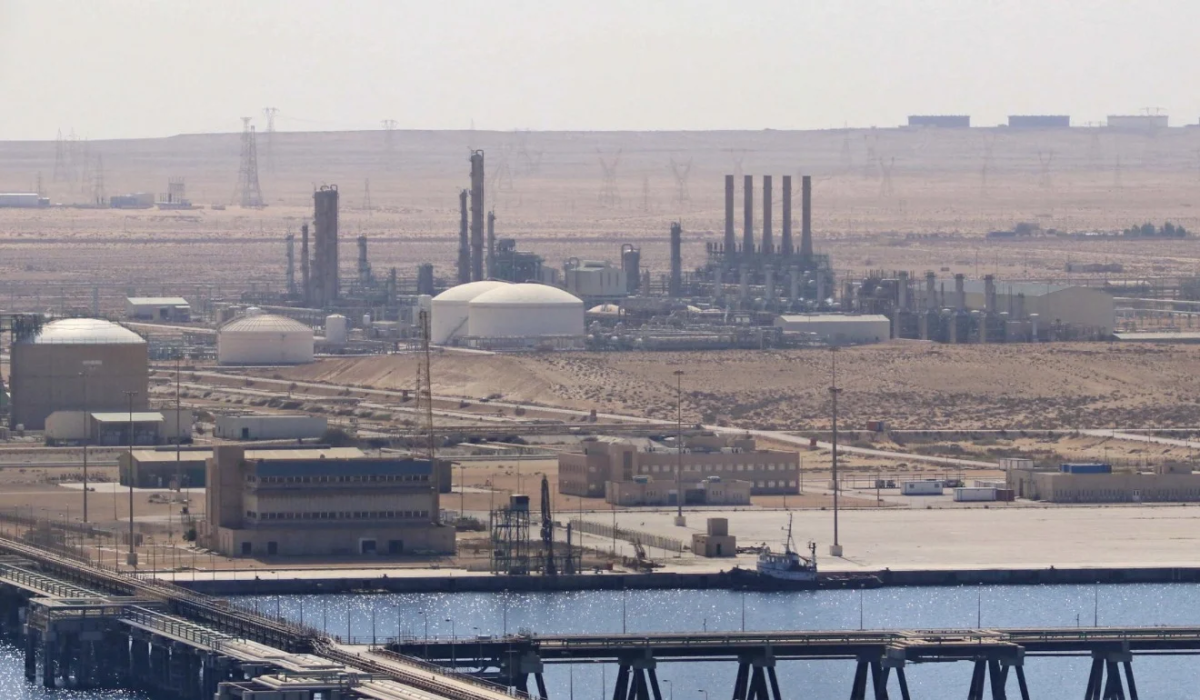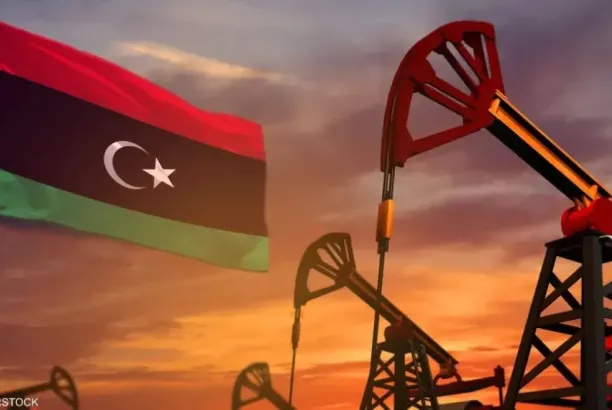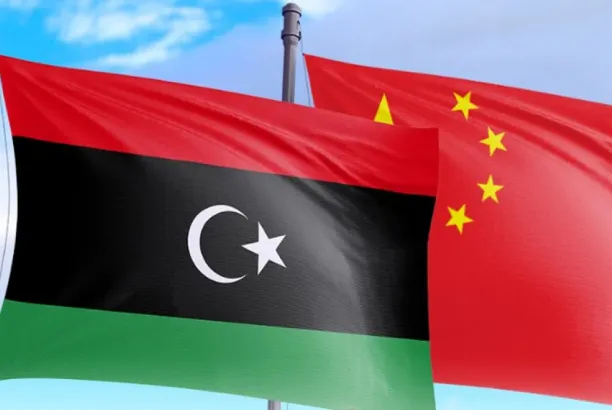
| Reports
Energy Capital Power: Libya Advances Steady $8 Billion Investment Plans to Develop Offshore Gas
The website Energy Capital Power reported Thursday that the $8 billion offshore gas development project “Structures A & E” is gaining increasing momentum, with recent contracts and confirmed production schedules marking a significant step forward.
According to the site, the project—led by Mellitah Oil & Gas, a joint venture between Eni and the National Oil Corporation—is expected to begin production soon. Once operational, the facilities will produce up to 750 million standard cubic feet of gas per day by 2027, strengthening Libya’s role as a strategic supplier to Europe and supporting domestic energy security.
The report confirmed that last month, U.S.-based Hill International was awarded a $235 million contract to provide project management services for “Structures,” which will develop two offshore fields. The project involves building two new platforms, linking them to the Mellitah Complex, and integrating carbon capture and storage (CCS) technology to reduce emissions. This development represents a cornerstone of Libya’s strategy to boost gas production, improve carbon management, and increase export revenues.
In parallel, Eni’s Bouri Gas Utilization Project is also progressing, aimed at capturing flared gas from the DP3/DP4 platforms in the Bouri field. Scheduled to begin in 2026, the project is expected to enhance domestic gas supplies while significantly cutting carbon emissions. As part of this, Saipem has been awarded a $1 billion contract to refurbish platforms and facilities in the Bouri field, with ABL Group providing marine assurance services.
The site also noted complementary onshore activities: Zallaf Oil & Gas, a subsidiary of the National Oil Corporation, has started production at the Chad’r field in the Sirte Basin, producing 7.5 million cubic feet of associated gas along with 1,500 barrels of oil per day. Meanwhile, in the North Ghadames Basin, the AGOCO DNC22 well tested 5.5 million cubic feet of gas per day, reaffirming the dual hydrocarbon potential of Libya’s basins.
Infrastructure and Associated Gas Use:
These developments highlight the country’s commitment to leveraging natural gas as both a domestic energy source and an export commodity. They also reinforce efforts to maximize the utilization of the Greenstream pipeline—a 520 km export line to Italy—which still has spare capacity but requires higher output.
Looking Ahead:
With multibillion-dollar gas projects underway, Libya is consolidating its position as a key player in regional energy markets, while striving to meet its economic diversification goals, the site noted.





